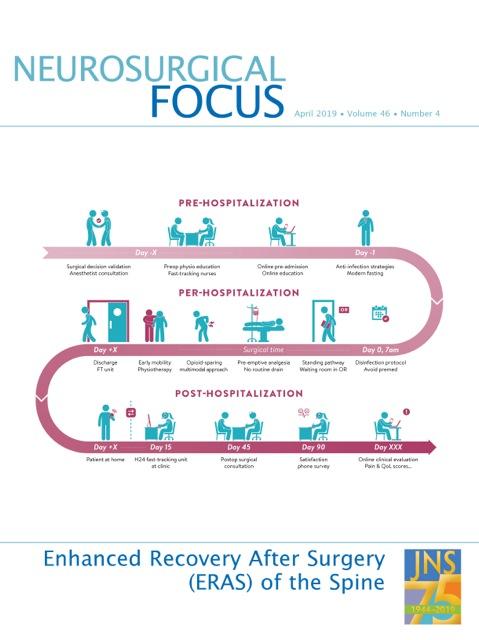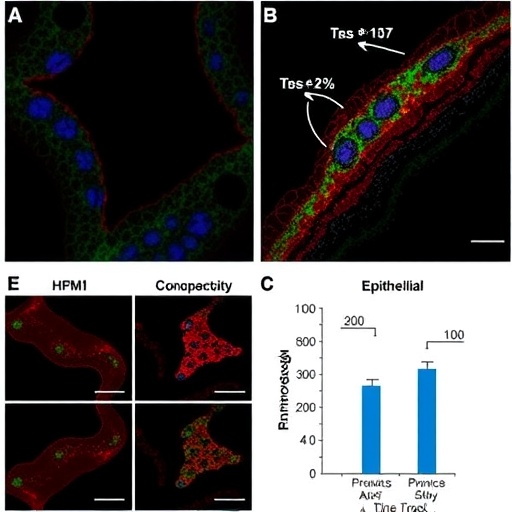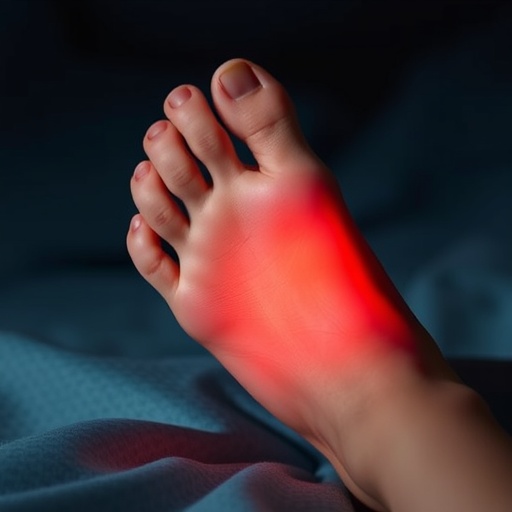
Credit: © 2019 AANS
CHARLOTTESVILLE, VA (APRIL 1, 2019). The April issue of Neurosurgical Focus (thejns.org/toc/foc/46/4) contains 15 new articles on the principles of enhanced recovery after surgery and how these principles relate to spine surgery.
Enhanced recovery after surgery (ERAS) is an evidence-based, multidisciplinary, patient-centered approach to surgery designed to improve preoperative, intraoperative, and postoperative care and patient experience, and to facilitate patient recovery. Also included as goals for ERAS are reduced length of hospital stay, decreased complication rates, fewer hospital readmissions, and reduced surgery-related costs.
In their introduction to the issue,
“Introduction. Enhanced recovery after surgery (ERAS) in spine” by Michael Y. Wang, Enrico Tessitore, Neil Berrington, and Andrew Dailey,
the authors, this month’s topic editors, note that when it comes to ERAS, “neurosurgery and spine surgery are late to the game.” Nevertheless, this issue shows that ERAS is fast becoming a central focus for spine surgeons and institutions throughout the world, with this month’s articles submitted by clinicians practicing in Canada, the United States, France, The Netherlands, Switzerland, Turkey, and South Korea.
In the first two articles, authors review the literature for previous articles on enhanced recovery after spine surgery. They examine differences between ERAS protocols and traditional case management throughout the preoperative, intraoperative, and postoperative periods, as well as differences in patient outcomes and healthcare costs.
“Enhanced recovery after spine surgery: review of the literature” by Marco V. Corniola et al.
“Enhanced recovery after spine surgery: a systematic review” by Mazin Elsarrag et al.
Additional articles describe new operative and anesthetic techniques and other perioperative activities that can contribute to ERAS as it relates to spine surgery. Others describe full ERAS protocols and their application to specific spine surgeries or all spine surgeries. Two papers are accompanied by editorials.
“Reductions in length of stay, narcotics use, and pain following implementation of an enhanced recovery after surgery program for 1- to 3-level lumbar fusion surgery” by G. Damian Brusko et al.
“Enhanced perioperative care and decreased cost and length of stay after elective major spinal surgery” by Daniel A. Carr et al.
“Benefits of Enhanced Recovery After Surgery for fusion in degenerative spine surgery: impact on outcome, length of stay, and patient satisfaction” by Bertrand Debono et al.
“Improving recovery after elective degenerative spine surgery: 5-year experience with an enhanced recovery after surgery (ERAS) protocol” by Victor E. Staartjes et al.
“Opioid-free anesthesia within an enhanced recovery after surgery pathway for minimally invasive lumbar spine surgery: a retrospective matched cohort study” by Ellen M. Soffin et al.
“An enhanced recovery after surgery pathway: association with rapid discharge and minimal complications after anterior cervical spine surgery” by Ellen M. Soffin et al.
“Does an enhanced recovery after surgery protocol change costs and outcomes of single-level lumbar microdiscectomy?” by Ebru Tar?kç? K?l?ç et al.
“Development and implementation of a comprehensive spine surgery enhanced recovery after surgery protocol: the Cleveland Clinic experience” by Vikram B. Chakravarthy et al.
“Characterizing the risk and outcome profiles of lumbar fusion procedures in patients with opioid use disorders: a step toward improving enhanced recovery protocols for a unique patient population” by Michael L. Martini et al.
“Editorial. The opioid crisis: an opportunity to alter morbidity through the implementation of enhanced recovery after surgery protocols during spinal surgery?” by Neil R. Berrington
“Endoscopic transforaminal lumbar interbody fusion without general anesthesia: operative and clinical outcomes in 100 consecutive patients with a minimum 1-year follow-up” by John Paul G. Kolcun et al.
“Editorial. Reducing the burden of spine fusion” by Marcus D. Mazur and Andrew T. Dailey
“A novel technique for awake, minimally invasive transforaminal lumbar interbody fusion: technical note” by Andrew Kai-Hong Cha et al.
“Rotational thromboelastometry-guided transfusion during lumbar pedicle subtraction osteotomy for adult spinal deformity: preliminary findings from a matched cohort study” by Thomas J. Buell et al.
“Clinical results of percutaneous biportal endoscopic lumbar interbody fusion with application of enhanced recovery after surgery” by Dong Hwa Heo and Choon Keun Park
Join us in reading this month’s issue of Neurosurgical Focus and keep up with the latest news on enhanced recovery after spine surgery.
###
For additional information, please contact:
Ms. Jo Ann M. Eliason, Communications Manager, Journal of Neurosurgery Publishing Group, One Morton Drive, Suite 200, Charlottesville, VA 22903; Email: [email protected]; Phone 434-982-1209.
Neurosurgical Focus, an online-only, monthly, peer-reviewed journal, covers a different neurosurgery-related topic in depth each month and is available free to all readers at http://www.
Founded in 1931 as the Harvey Cushing Society, the American Association of Neurological Surgeons (AANS) is a scientific and educational association with more than 10,000 members worldwide. The AANS is dedicated to advancing the specialty of neurological surgery in order to provide the highest quality of neurosurgical care to the public. All active members of the AANS are certified by the American Board of Neurological Surgery, the Royal College of Physicians and Surgeons (Neurosurgery) of Canada or the Mexican Council of Neurological Surgery, AC. Neurological surgery is the medical specialty concerned with the prevention, diagnosis, treatment and rehabilitation of disorders that affect the entire nervous system including the brain, spinal column, spinal cord, and peripheral nerves. For more information, visit http://www.
Media Contact
Jo Ann M. Eliason
[email protected]
Original Source
https:/




